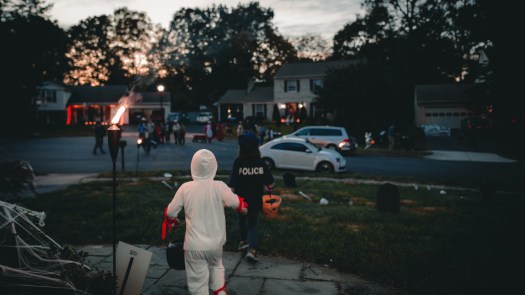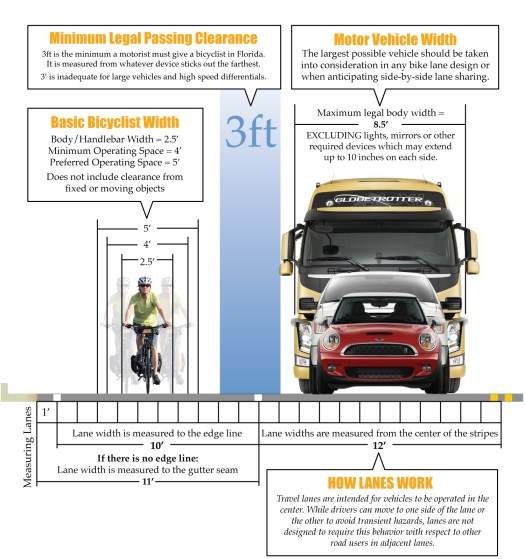Car crashes remain the leading cause of death among children ages 5 to 18. “According to 2018 National Highway Traffic Safety Administration data out this week, pedestrian deaths increased for the fifth year in a row, up 3.4 percent from 2017. The numbers are particularly grim for American school-age kids. For children in the U.S. aged 5 to 18, car crashes remain the leading cause of death.”
On Halloween it’s 43 percent more deadly.
There has been a change in Daylight Saving Time to add an hour of daylight to Halloween, but that hasn’t changed the horrible statistics. There is a petition to change Halloween to a Saturday. But the real problem is cars and dangerous street design. When the data is acknowledged, there’s usually a marketing campaign that blames pedestrians. This time of year, the internet is plastered in Halloween-themed PSAs reminding children to wear bright costumes, carry flashlights, and stop looking at their phones. This is NOT the solution. It’s #toomanycars, #slowthecars, and #bancarsonhalloween.
THE MOST TERRIFYING PART OF HALLOWEEN FOR KIDS IS OUR DEADLY STREETS
It’s not the costumes or the candy—it’s the cars.
On Halloween it’s much worse.
Halloween night is, on average, 43 percent more deadly for pedestrians than other autumn nights. The highest rates of fatal crashes were seen for kids aged 4 to 8 around 6 p.m.
But when the commuting drivers are removed from the equation, deaths seem to go down. A study by AutoInsurance.org used FARS data to compare 24 years of crash data by days of the week. Halloweens that fell on workdays had an 83 percent increase in deadly crashes involving kids compared to weekend days. The worst day? Friday. Since 1994, the three deadliest Halloween nights for kids have all been Friday nights.
Last year, an online petition sponsored by the Halloween & Costume Association got national momentum for trying to move the holiday to the last Saturday in October, in part to reduce car crashes. Now a revised petition wants to keep the date of Halloween the same, but add a separate National Trick or Treat Day that would be celebrated on that final Saturday.
Moving Halloween to Saturday doesn’t actually solve the problem: Our deadly streets.
https://www.curbed.com/2019/10/25/20927701/halloween-safety-pedestrian-deaths-kids




















